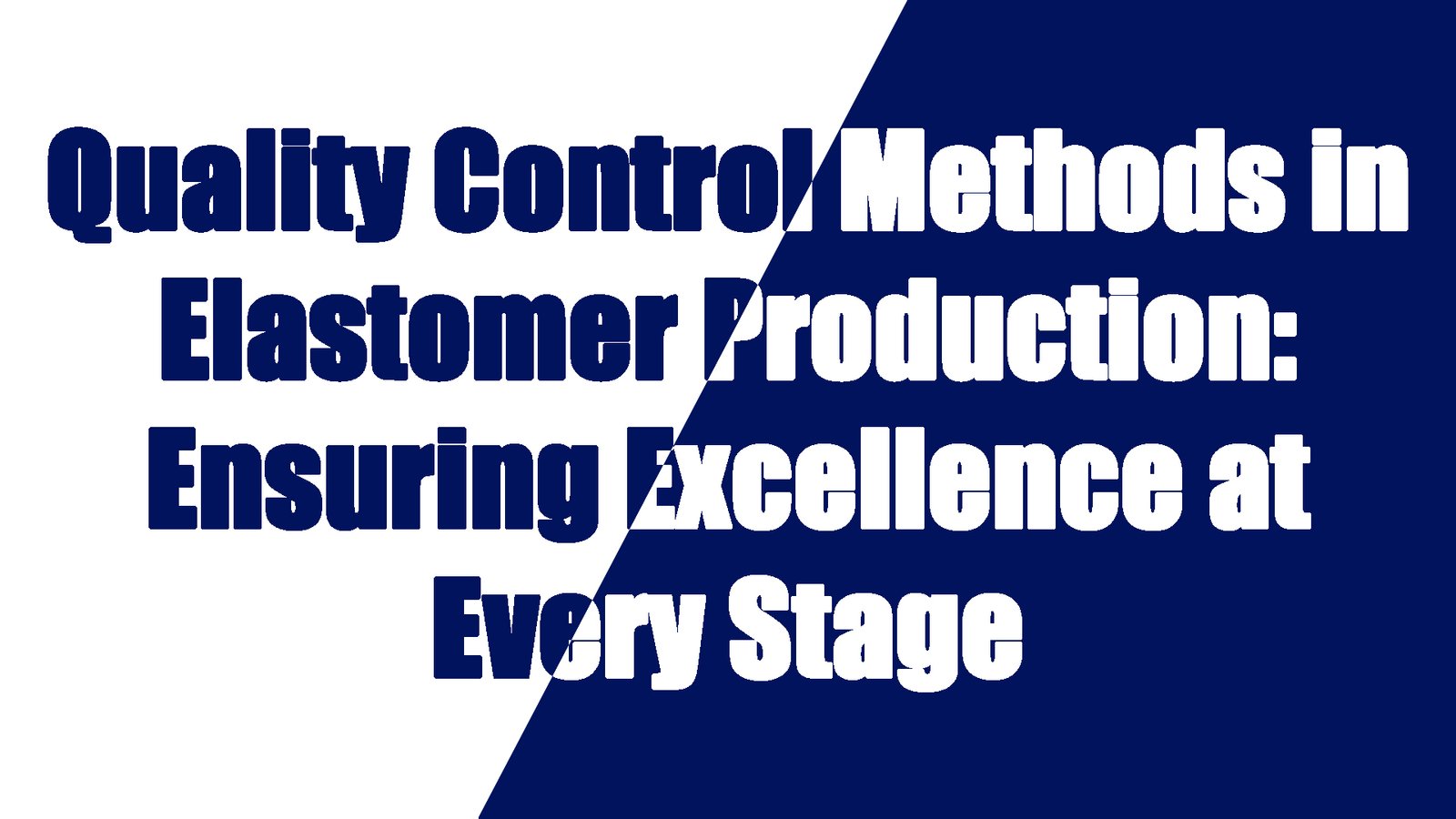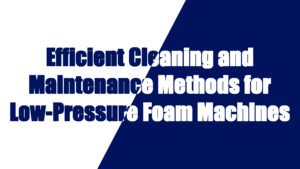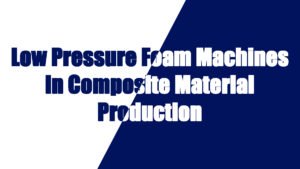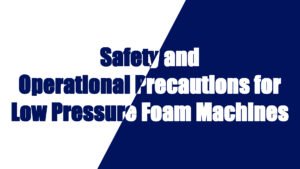Elastomers are widely used in industries such as automotive, electronics, and construction due to their exceptional elasticity, abrasion resistance, and chemical stability. However, the production process of elastomers is complex and involves multiple stages where even slight deviations can result in inconsistent product performance. To ensure high-quality elastomer products, stringent quality control measures must be implemented throughout the production process. This article provides a detailed overview of quality control methods at key stages—mixing, casting, and curing—along with case studies and optimization strategies.
Quality Control in the Mixing Stage: Achieving Uniform Material Distribution
The mixing stage is critical as it directly determines the proportion accuracy of raw materials and their uniform distribution. Proper control during this phase sets the foundation for consistent product quality.
Raw Material Quality Inspection
- Key Checks:
Physicochemical properties of raw materials (e.g., polyether polyols, isocyanates, and additives) such as purity, viscosity, and moisture content are critical. - Data Insight:
Moisture content above 0.1% in raw materials can lead to bubbles or structural defects in the final product. - Solutions:
Utilize moisture analyzers and online monitoring systems for real-time tracking of material properties.
Precise Formulation and Measurement
- Technical Implementation:
High-precision metering pumps ensure that raw materials adhere to the formulation with minimal error. Advanced elastomer equipment with closed-loop control systems can achieve measurement accuracy within ±0.5%. - Case Study:
A manufacturer producing wear-resistant gaskets reduced material waste by 12% and improved product pass rates by 8% after upgrading its metering systems.
Enhancing Mixing Uniformity
- Equipment Selection:
Dynamic mixers are ideal for materials with high reaction rates, while static mixers are better suited for highly flowable materials. - Control Strategy:
Adjusting mixer speed and temperature optimizes material blending while avoiding premature reactions or localized overheating.
Quality Control in the Casting Stage: Precision in Shape and Structure
The casting stage involves transferring the mixed raw material into molds. Proper control during this phase ensures the accuracy of the product’s shape and structural integrity.
Optimization of Injection Pressure and Speed
- Process Parameters:
Casting pressure is typically maintained between 15-20 MPa, depending on material viscosity and flow characteristics. - Advanced Technology:
Servo control systems can dynamically adjust injection pressure and flow rate, reducing casting errors to ±0.2%.
Temperature Stability Control
- Key Principle:
Maintaining material temperature between 40°C and 70°C ensures optimal flowability and stable reaction rates. - Equipment Application:
Employ precision heating and cooling systems to keep material temperature consistent.
Mold Design and Maintenance
- Optimized Design:
Molds should avoid sharp corners and dead zones to prevent material accumulation and defects. - Regular Cleaning:
Thorough cleaning after each production cycle prevents contaminants from affecting surface quality and dimensional accuracy.
Quality Control in the Curing Stage: Stabilizing Physical Properties
Curing is the critical phase where elastomers transition from a liquid to a solid state. Proper control ensures the final product’s mechanical properties and long-term performance.
Control of Curing Temperature and Time
- Parameter Settings:
Curing times typically range from 10-60 minutes at temperatures between 50°C and 120°C, depending on the formulation. - Monitoring Tools:
Use temperature sensors and data loggers to track curing conditions in real-time.
Stress Management and Demolding Timing
- Key Focus:
Gradual cooling reduces internal stress, preventing cracks or warping. Demolding timing should be adjusted based on material curing progression. - Case Study:
An automotive seal manufacturer optimized cooling processes to reduce stress-related cracks from 5% to 1%.
Post-Curing Performance Testing
- Testing Metrics:
Evaluate tensile strength, hardness, and elasticity modulus to ensure compliance with customer specifications. - Advanced Tools:
Infrared thermography can quickly detect hidden defects within the product.
Comprehensive Quality Management: Leveraging Data and Automation
Real-Time Data Monitoring
- System Benefits:
Implement Manufacturing Execution Systems (MES) to digitize production parameters such as material ratios, temperature, and pressure. - Results:
A company using MES reduced downtime by 35% by identifying and resolving issues in real-time.
Routine Equipment Maintenance
- Focus Areas:
Regularly inspect critical components such as metering pumps, mixers, and curing equipment to prevent quality issues caused by equipment wear. - Maintenance Frequency:
High-usage equipment should undergo comprehensive checks every 1-3 months.
Integration of Intelligent Control Systems
- Technological Advancement:
Modern intelligent systems can automatically adjust production parameters, such as temperature or pressure, based on real-time feedback. - Future Trends:
Predictive analytics powered by AI will allow manufacturers to identify potential quality issues before they occur, minimizing defects and downtime.
Market Trends: Driving Competitiveness Through Quality Assurance
As demand for high-performance elastomers grows, quality control will remain central to industry success. Key trends shaping the market include:
- Sustainability: Adoption of eco-friendly materials and energy-efficient equipment is becoming a priority.
- Smart Manufacturing: Data-driven, intelligent production systems are set to replace traditional manual operations, enhancing precision and efficiency.
- Global Competition: Manufacturers must deliver consistently high-quality products to stay competitive in international markets.
Quality control in elastomer production is a continuous process that spans mixing, casting, and curing stages. By leveraging advanced equipment, real-time monitoring systems, and intelligent automation, manufacturers can achieve higher product consistency, reduce waste, and enhance efficiency. Adopting these practices not only ensures compliance with stringent quality standards but also positions companies to thrive in an increasingly competitive global market.




































